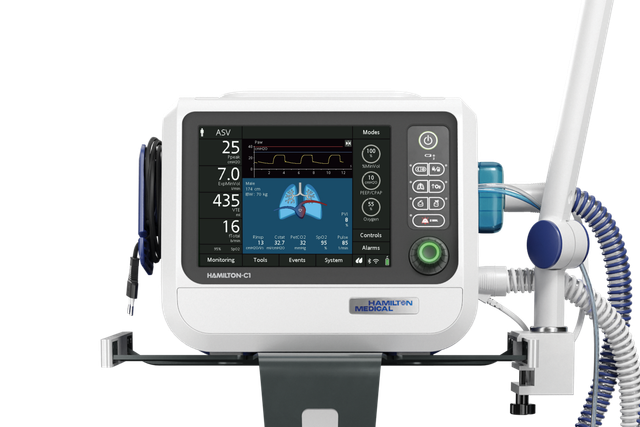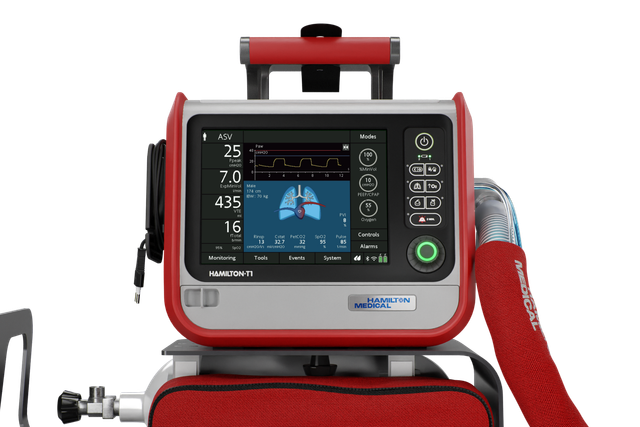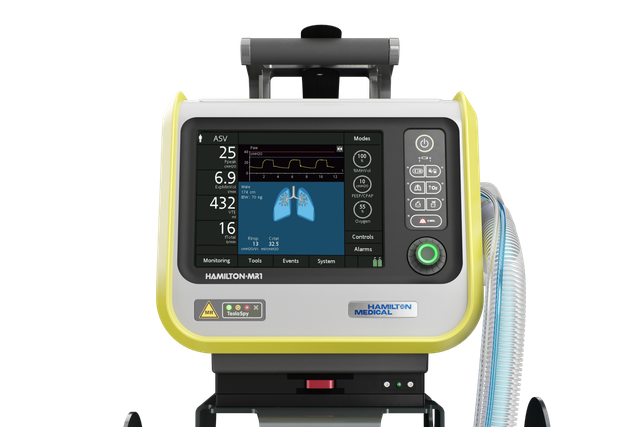Fußnoten
- A. Nicht für alle Märkte verfügbar.
- B. Auch als Therapie mit High-Flow Nasenkanüle bezeichnet. Dieser Ausdruck kann alternativ zum Begriff „High-Flow Sauerstofftherapie“ verwendet werden.
Referenzen
- 1. Roca O, Caritg O, Santafé M, et al. Closed-loop oxygen control improves oxygen therapy in acute hypoxemic respiratory failure patients under high flow nasal oxygen: a randomized cross-over study (the HILOOP study). Crit Care. 2022;26(1):108. Published 2022 Apr 14. doi:10.1186/s13054-022-03970-w
- 2. Atakul G, Ceylan G, Sandal O, et al. Closed-loop oxygen usage during invasive mechanical ventilation of pediatric patients (CLOUDIMPP): a randomized controlled cross-over study. Front Med (Lausanne). 2024;11:1426969. Published 2024 Sep 10. doi:10.3389/fmed.2024.1426969













